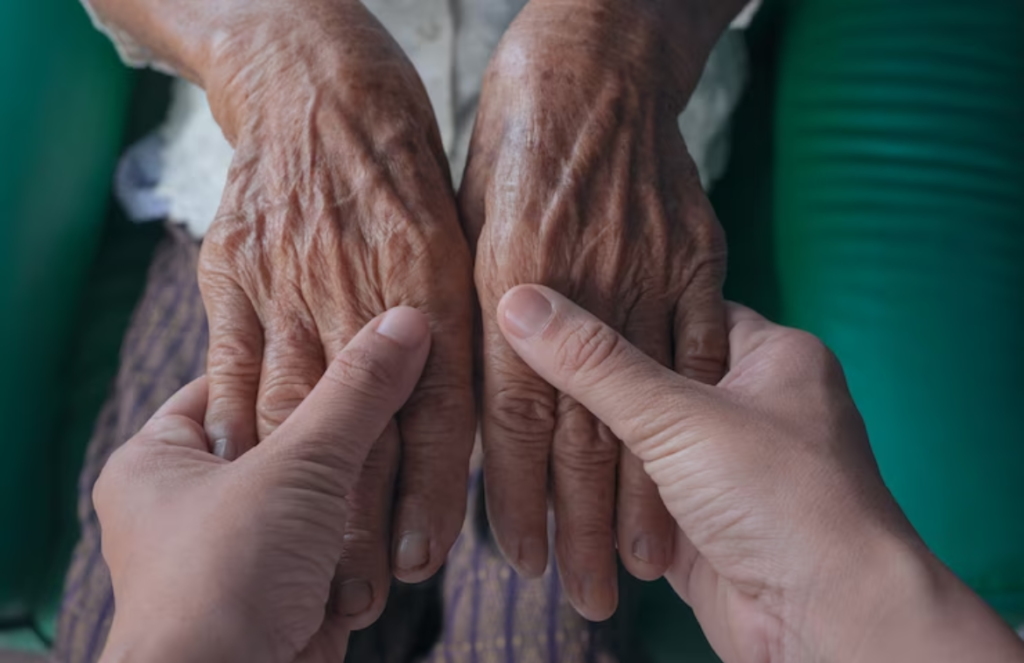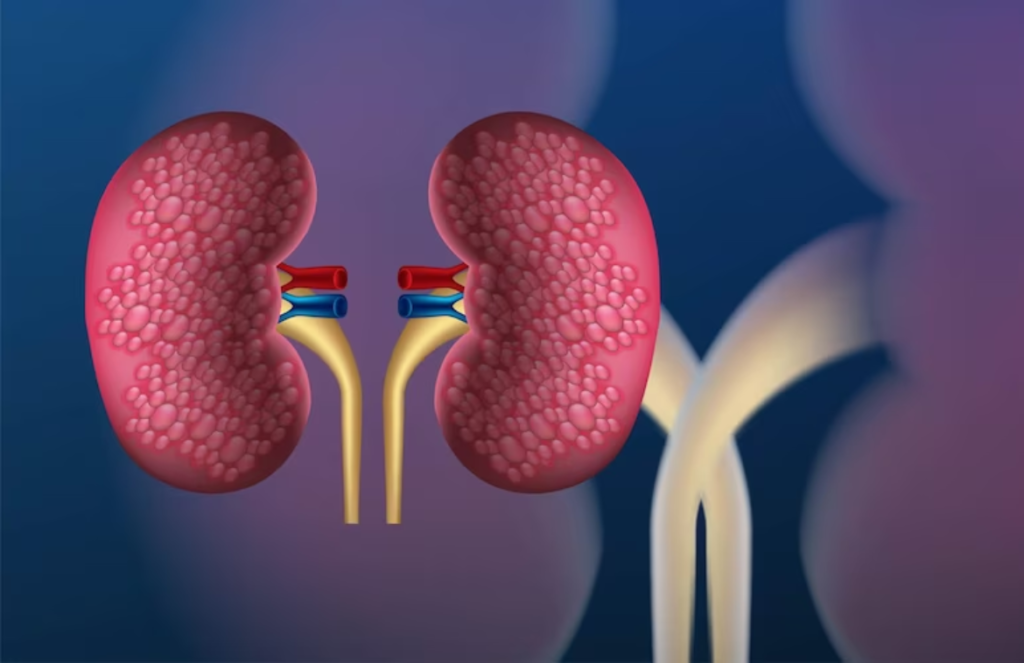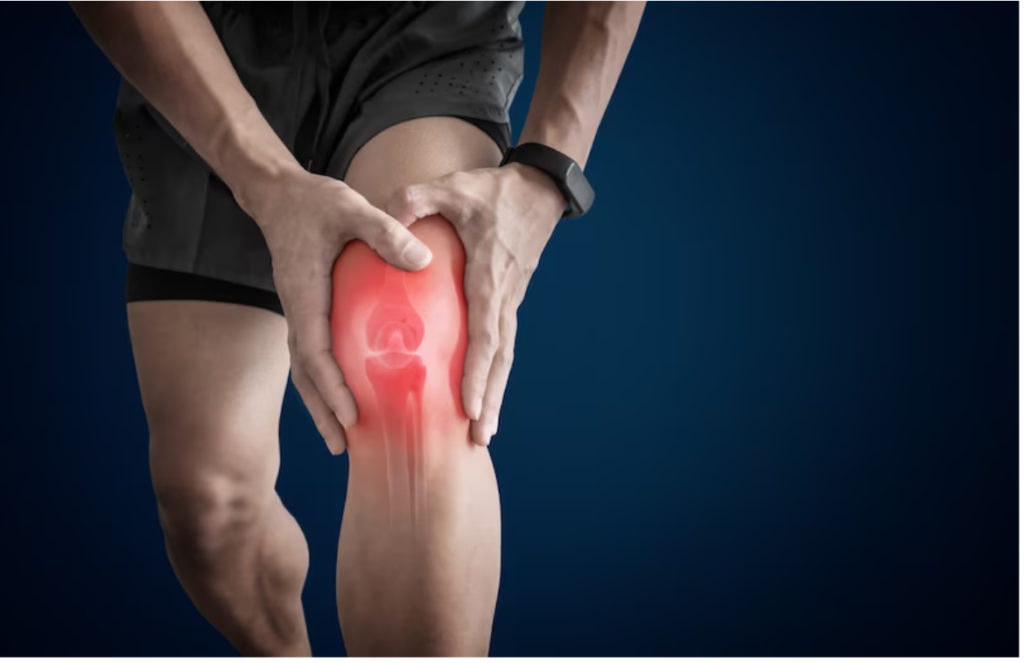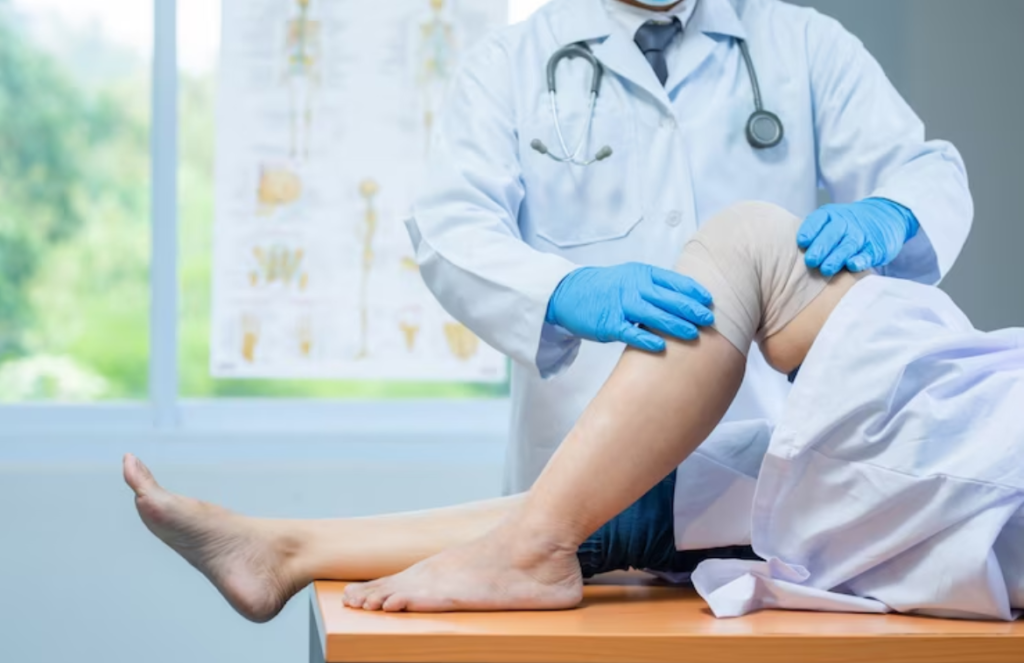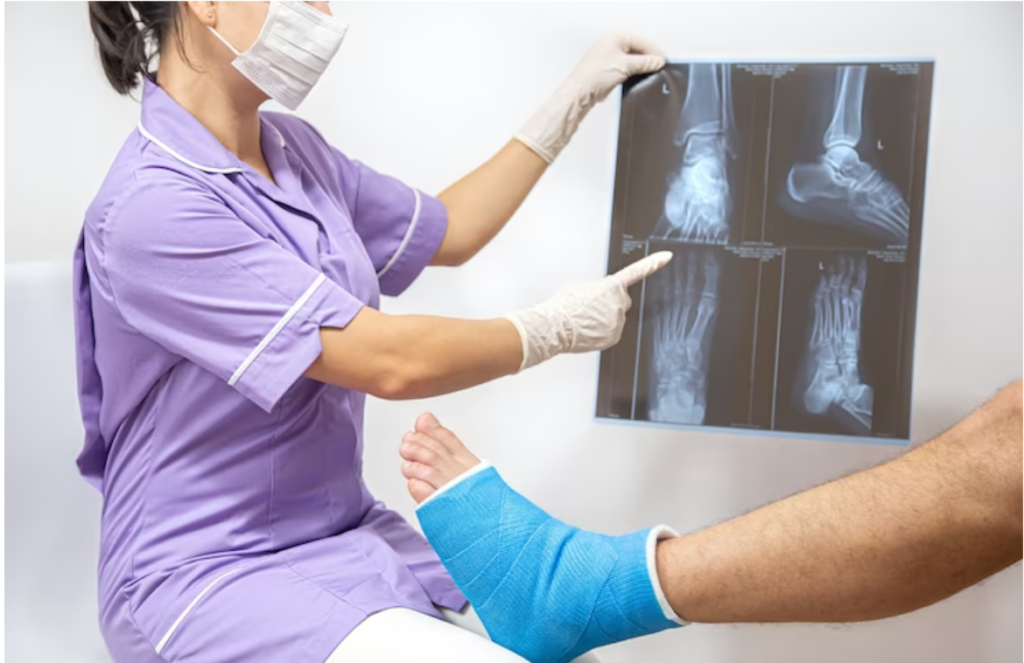A common health-care problem worldwide, urinary tract infection (UTI), a urology health issue, does represent a disease of significant impact on every country’s economy, being the most common cause of hospitalization among the elderly and the most common cause of antibiotic prescription in primary care.
Diagnosing and managing upper as well as lower UTIs has always been a challenge for physicians due to the high prevalence, risk of recurrence, and improper treatment, as well as the worldwide increase in antibiotic resistance necessitating the implementation of proper antibiotic stewardship. Urinary infections are twice as likely to occur in females as compared to males, and their prevalence increases with increasing age. Proper diagnosis and treatment, as well as ensuring antibiotic stewardship to decrease long-term complications, are essential.
What more to know about urology issues in women?
Urinary tract infection (UTI) happens to be a common complaint encountered in outpatient settings, whether in primary care or a specialist clinic. It is indeed important for the clinician to have a comprehensive grasp of the epidemiology, physiology, pathophysiology, and treatment strategies of UTIs. The most frequently encountered problem, especially in specialty clinics, is resistant bacteria causing UTIs and recurrent UTIs. This challenging entity is also further complicated by the increasing rates of bacterial resistance and, of course, the increasing fear of extended-spectrum beta-lactamase and multidrug-resistant organisms.
Urinary tract infection (UTI) is indeed a major healthcare problem worldwide, often seen in outpatient clinics, emergency department visits, and hospitalized patients.
Urinary infections do take a big toll on an individual’s health, including his mental health and sense of well-being. Quite a few patients with UTI suffer from clinical depression.
A common health-care problem worldwide, urinary tract infection (UTI), does represent a disease of significant impact on every country’s economy, being the most common cause of hospitalization among elderly people and also the most common cause of antibiotic prescription in primary care. Diagnosing and managing upper and lower UTIs have always been a challenge to physicians, given their high prevalence, risk of recurrence, and improper treatment, as well as the worldwide increase in antibiotic resistance, thus requiring the implementation of proper antibiotic stewardship.
Urinary infections are twice as likely to occur in females compared to males, and their prevalence increases with age.
Urinary tract infection (UTI) is an important healthcare problem worldwide and is often seen in outpatient clinics, emergency department visits, and hospitalized patients. Urinary infections do take a big toll on an individual’s health, including his or her mental health and sense of well-being. More than half of patients with UTI suffer from clinical depression, and several suffer from anxiety, with a significant improvement in their quality of life after proper treatment and prophylaxis.
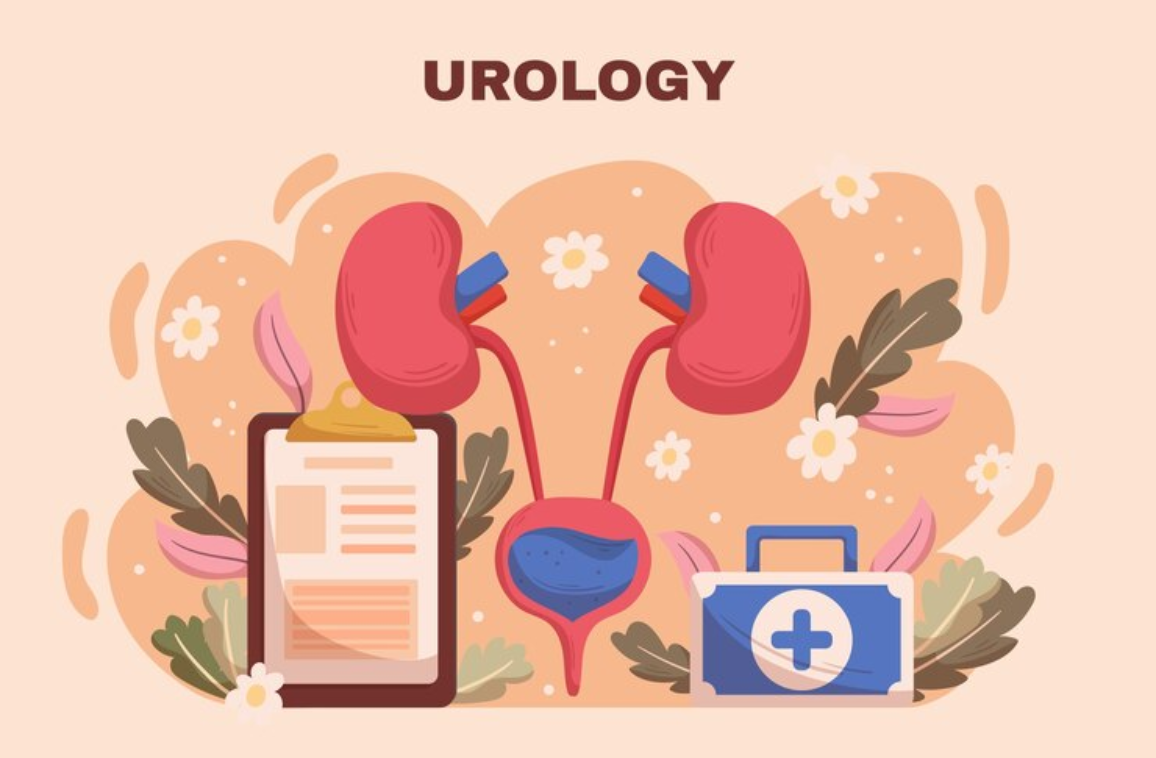
A UTI is considered to be an inflammatory response at the level of the urothelium to fight a bacterial infection. A UTI is almost always associated with bacteriuria, the presence of bacteria in urine, and also pyuria, the presence of white blood cells in the urine. Bacteriuria can indeed be present without pyuria, which could be on account of bacterial contamination or an aseptic technique in the urine collection. On the contrary, pyuria can be present without bacteriuria and is indicative of an inflammatory process of the urothelium, like a urinary stone or a malignancy.
To treat a urinary tract infection (UTI) in women:
- Take antibiotics as per the prescription given by the doctor. Common antibiotics for UTIs include trimethoprim and also sulfamethoxazole, fosfomycin, and nitrofurantoin.
- Drink plenty of water to help flush out the bacteria.
- Urinate frequently, and also avoid holding it in.
- Use a heating pad on the lower abdomen to relieve pain.
- For severe infections, intravenous (IV) antibiotics in a hospital may be required.
Conclusion
Urology health issues are of much concern to women, mostly, and men too.


